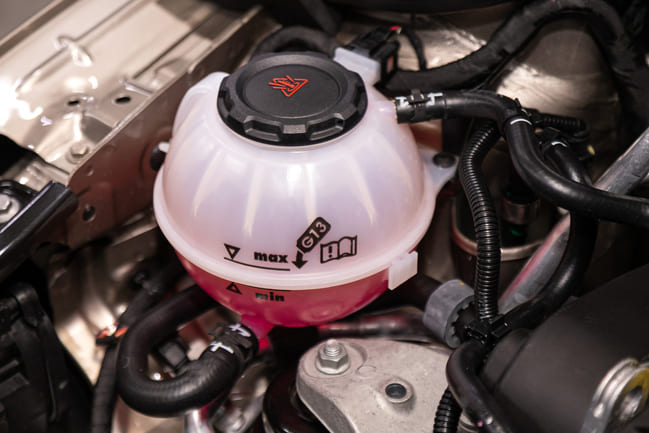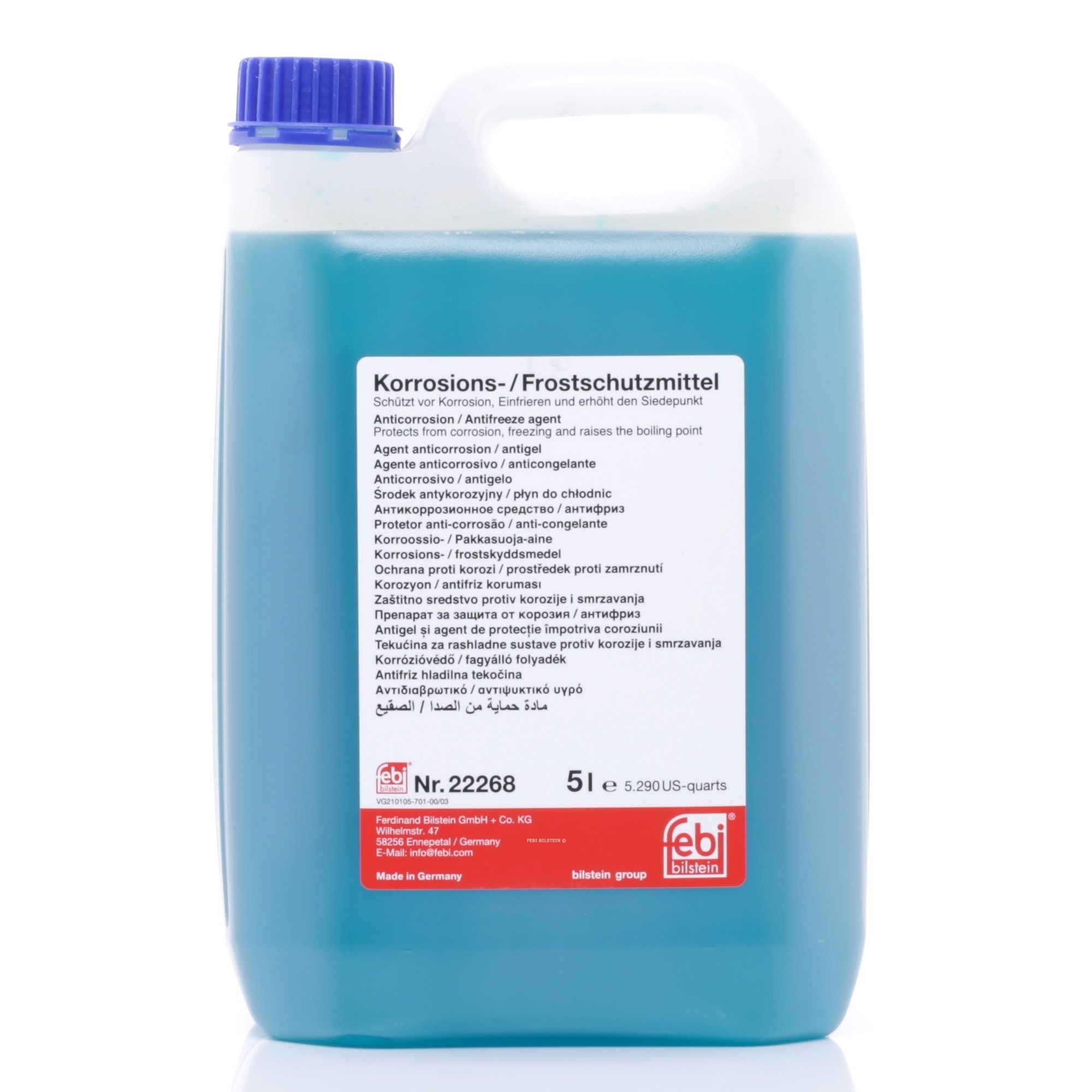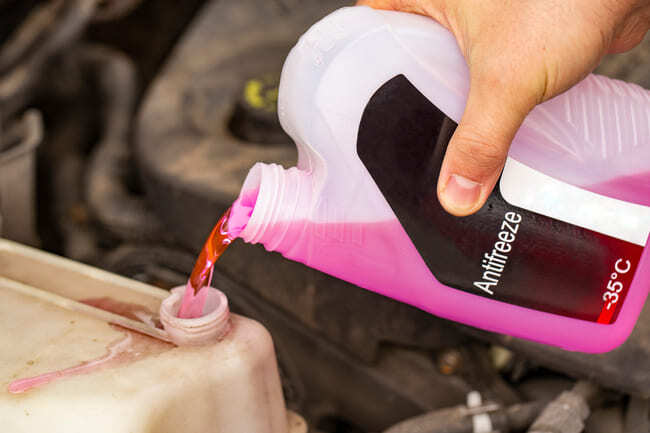Table of Contents
How to top up engine coolant in a car and where to put it
Coolant is an essential car fluid needed to regulate the temperature of a piping hot engine. The mixture of antifreeze and water not only prevents the motor from overheating and freezing, but it also acts as protection against corrosion and distributes heat more evenly. Without it, the engine could reach dangerously high temperatures, leading to thermal damage and increasing the risk of car fires and breakdowns.
How to top up engine coolant
A brief guide:
- To top up the car coolant, make sure your engine has fully cooled down, then open up the bonnet and locate the coolant reservoir.
- Check the current antifreeze levels by looking through the transparent tank. There should be marks indicating the minimum and maximum amounts. If it’s at the very minimum or below, you top it up slowly. If it’s above the maximum line, syphon out the excess coolant to prevent damage.
- If the coolant isn’t ready mixed, dilute the concentrate with distilled water as per the manufacturer’s instructions.
- Gently unscrew the coolant tank cap to release the pressure. Be careful as the coolant water may spurt out. Wear car work gloves.
- Use a funnel to add the coolant to the reservoir. Make sure you don’t go past the maximum marker.
- Screw the cap back on.

Where to put coolant in a car
First, you’ll need to open up the bonnet and find the reservoir. This can usually be identified by the brightly coloured fluid in the transparent container or a cap with a symbol depicting the coolant, such as a thermometer in liquid. See the manufacturer’s specific instructions in your car owner’s guide. You can find out more about checking the coolant system and the types of coolant in this article: What is car coolant?
Do you add coolant in the radiator or reservoir?
If you’re running low on coolant, you should add the correct antifreeze mixture to the coolant reservoir rather than the radiator itself. This way, you should be able to check the coolant levels as you fill up the see-through tank. Make sure to stay between the min and max markers.
Sold by AUTODOC Sold by AUTODOC Sold by AUTODOC Sold by AUTODOC Sold by AUTODOC 
 FEBI BILSTEIN Antifreeze
G11, blue, 5l, Concentrate
FEBI BILSTEIN Antifreeze
G11, blue, 5l, Concentrate

 ORIGINAL IMPERIUM Coolant expansion tank
with sealing plug
ORIGINAL IMPERIUM Coolant expansion tank
with sealing plug
 FEBI BILSTEIN Coolant expansion tank
with coolant level sensor, without lid
FEBI BILSTEIN Coolant expansion tank
with coolant level sensor, without lid
How much coolant do I need?
Nowadays, the average passenger vehicle holds around 5 litres of coolant as the majority of cars only need between 3 and 7 litres. To find out the radiator’s capacity or the required amounts of engine coolant for your car, check the vehicle owner’s manual. The manufacturer also specifies the exact type of antifreeze for your car and it’s critical that you only use this type as other types may not be compatible with the engine components and cause damage.
How often should you top up the coolant?
As a general rule, most manufacturers recommend changing the coolant after every 30,000 miles or 3 years, although this may vary depending on the make and model, the age of the car, and its driving environment. We recommend checking the coolant fluid regularly, particularly before long car trips.
Whatever the case, if the fluid is below the minimum mark, you should top it up. If the car is losing antifreeze at an alarming rate, there is most likely a leak somewhere in the system. You should check the radiator for damage or corrosion, as well as the hoses, water pump, heater core, reservoir, and seals.

Can you top up coolant with water?
You should ONLY top up your coolant tank with water in emergency situations where the engine is at a risk of overheating and you cannot easily get coolant fluid or you need to get to the next garage. Premixed coolant is already composed of around 50% water. Using too much water could make it ineffective because water has a much lower boiling point and a higher freezing point than antifreeze. It also wouldn’t protect the engine against corrosion.
Can you put coolant in a hot car?
Adding coolant to a hot engine is advised against due to the risks involved. When the coolant filler cap is removed while the motor is still hot, the boiling hot fluid may be forced out of the reservoir due to the pressure, potentially scolding or injuring you.
As a rule, you should wait at least 30 mins after the engine has been switched off or longer if it has already begun to overheat. If you still aren’t sure how long to wait before adding coolant, you can leave it to cool down overnight and fill it up in the morning.
Top products related to this topic:















